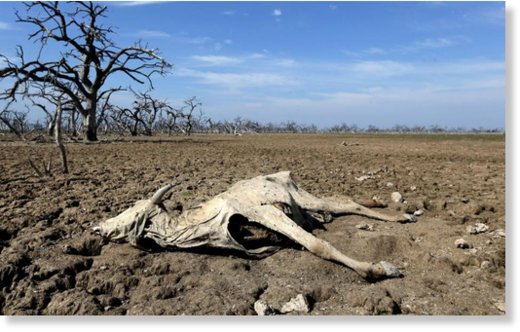
The lagoon, located in the western Paraguayan province of Boquerón, is just one of many stretches of the Pilcomayo River suffering an extensive die-off of caiman, fish, and other river creatures. There have not been any official estimates from the Ministry of the Environment, but Roque González Vera, a journalist for ABC Color in Paraguay, reports utter devastation in some places: Up to 98 percent of caimans (Caiman yacare) are suspected dead, and 80 percent of the capybara (Hydrochoerus hydrochaeris) population has died.
Paraguay is in the midst of an ecological crisis.
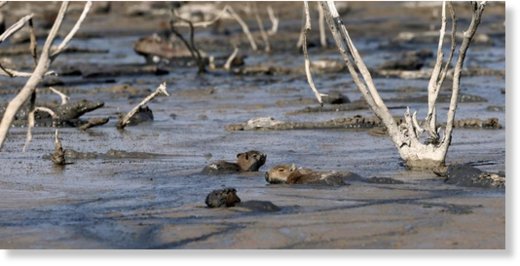
So, what went wrong?
A perfect storm of drought and mismanagement
The Pilcomayo River originates in the Bolivian Highlands, which form the upper basin of the river. The lower reaches run through the Gran Chaco—a hot, semiarid lowland also known as the Chaco Plain—and form a 518-mile (834-kilometer) international border between Argentina and Paraguay. This stretch of the river relies on an annual, three-month pulse of water from the upper basin during its rainy season (roughly January to March). Quite simply, this past year did not deliver.
According to the Ministry of Public Works and Communication (MOPC), the drought is the second worst in the past 30 years, and the paucity of rain has not been seen since 1996-97.
Alone, the drought posed a threat to wildlife and agriculture, but the crisis has been exacerbated by the mismanagement of water resources and infrastructure by the Paraguayan government, according to Vera.
In a recent article, the reporter argues that the government is complicit in the wildlife die-off, alleging laziness, inefficiency, and irresponsibility in the rehabilitation of the Paraguayan channel.
To some extent, the government agrees. The MOPC concluded that the National Commission of the Pilcomayo did an insufficient job of maintaining the river's channels and canals and recently fired the head of the commission, Daniel Garay. Garay was also charged for the alleged irregularities.
However, the mismanagement also extends across the border to Paraguay's neighbor, Argentina.
In 1991, the two countries signed a water distribution agreement for the Pilcomayo, but they have struggled to maintain a fair distribution of water. In any given year, the river largely flows in one country and not the other. A recent review of the river proposed that the country that gets the water is either lucky the river shifted to them, and/or they were more diligent in canal work.
Both countries have built up artificial canals outside the agreement—ample mistrust between the nations fuels the construction—but Argentina appears to have done a better job managing theirs, while also adding some reservoirs to hold water surpluses. In recent years, they were luckier and more diligent: Argentina has the water now.
How long Argentina keeps the water is largely dependent on a third factor: the natural characteristics of the Pilcomayo River.
Natural phenomenon?
Oscar Orfeo, an Argentinean geologist at the Center for Applied Coastal Ecology, believes the lack of water is simply a natural result of the river's morphology; the river simply does what it wants. The artificial canals cannot control the slope of the plain or the river's shaping capacity, he says.
Orfeo also believes that the current environmental emergency cannot be attributed to a period of extreme drought but is really due to the "wandering" behavior of the river.
This wandering is largely related to the significant amounts of sediment the Pilcomayo transports downstream—some 140 million tons of sediment every year, one of the highest amounts in the world. The sediment, in combination with wood debris carried downstream, has created a blockage that disperses the river outside the channel into the surrounding land.
As the blockage moves farther upstream every year, the dry river channel grows. It has now been nearly a hundred years since the Pilcomayo's main channel connected with the Paraguay River in Asunción.
With both human and natural forces at play, scientists in Paraguay worry the current crisis could easily become an annual occurrence.
Seeking a solution
In the face of public pressure, the Minister of Public Works and Communication, Ramón Jiménez Gaona, announced that the government is working with local authorities, indigenous groups, and residents to remedy the situation.
Yet, despite the claims of the government, so far there has been little action to address the situation, says Vera.
At the time of this publishing, National Geographic had not received a response from the Ministry of the Environment or the National Commission of the Pilcomayo, which is housed in the MOPC.
In reality, it is hard to see a clear solution right now; there is no water to release or divert. Existing options to rehabilitate the Pilcomayo mostly center on cleaning and updating the canals that are filled with sediment, but it is neither quick nor easy to do so. To restore a consistent flow on both sides of the border, Paraguay and Argentina must commit to sharing water, but cooperation has been hard to come by.
Until the infrastructure is developed and maintained, observers can only watch and wait, hoping that it rains enough next year to save the animals, or that the river shifts back into its Paraguayan channel.
Politics, water, and wildlife: Welcome to 21st-century river management.

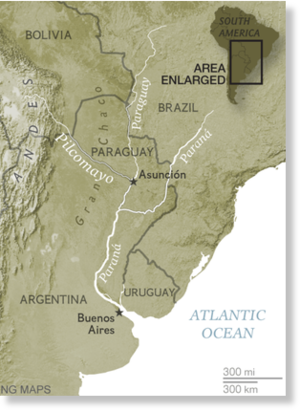
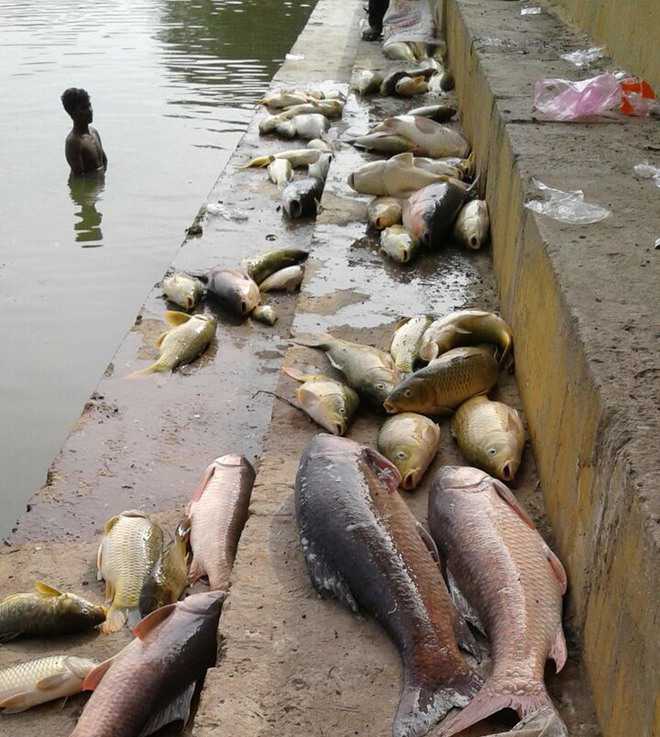
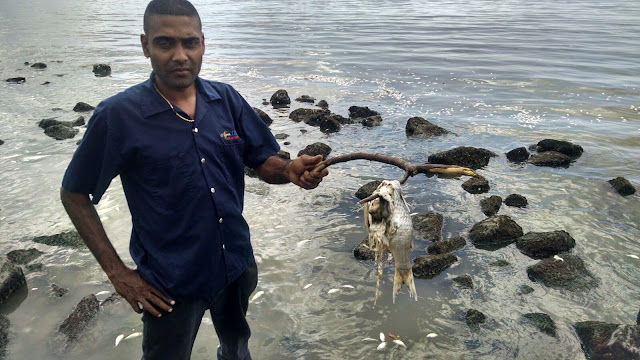
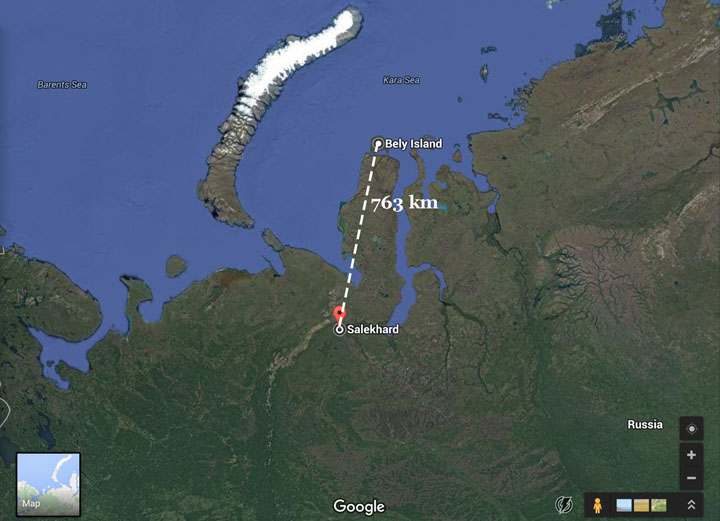
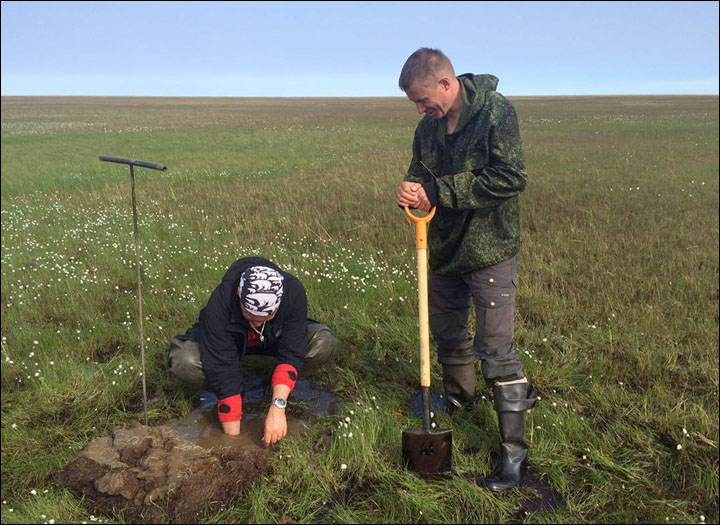
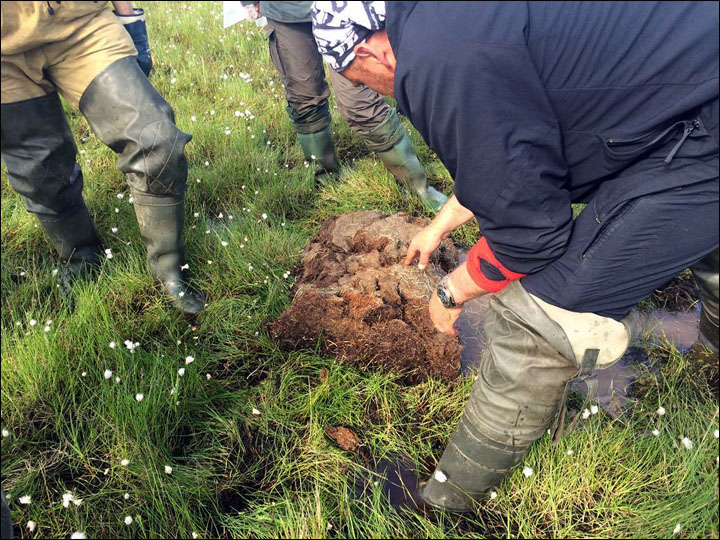
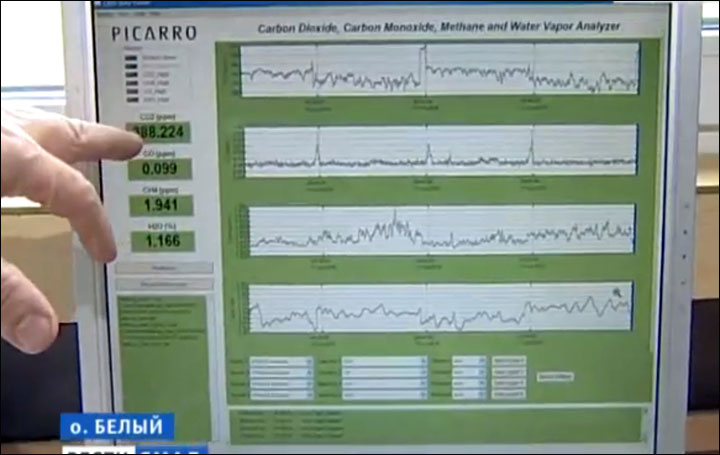
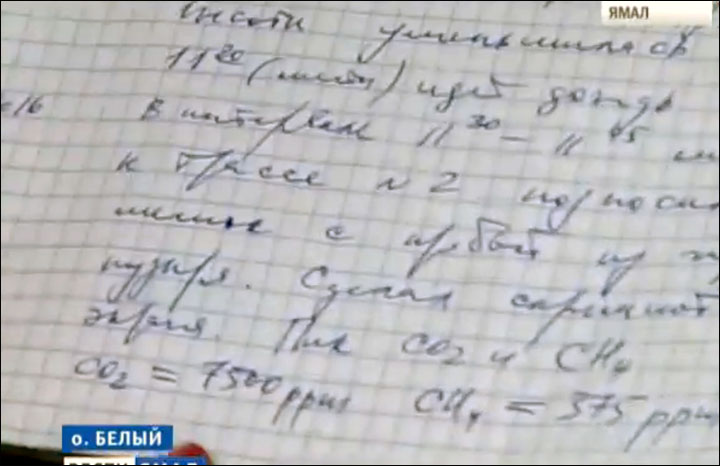
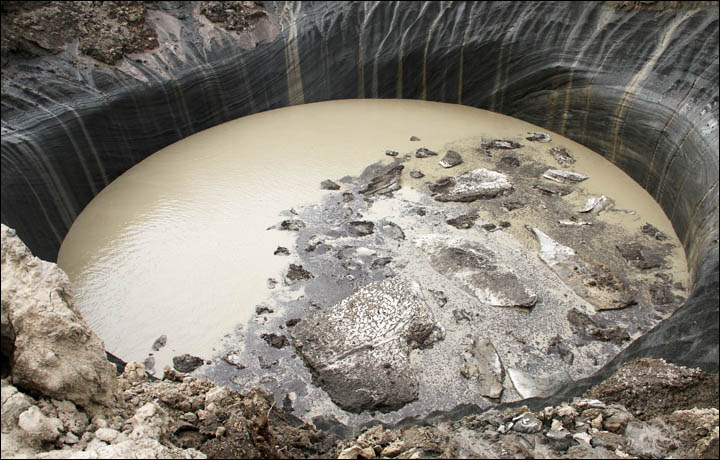


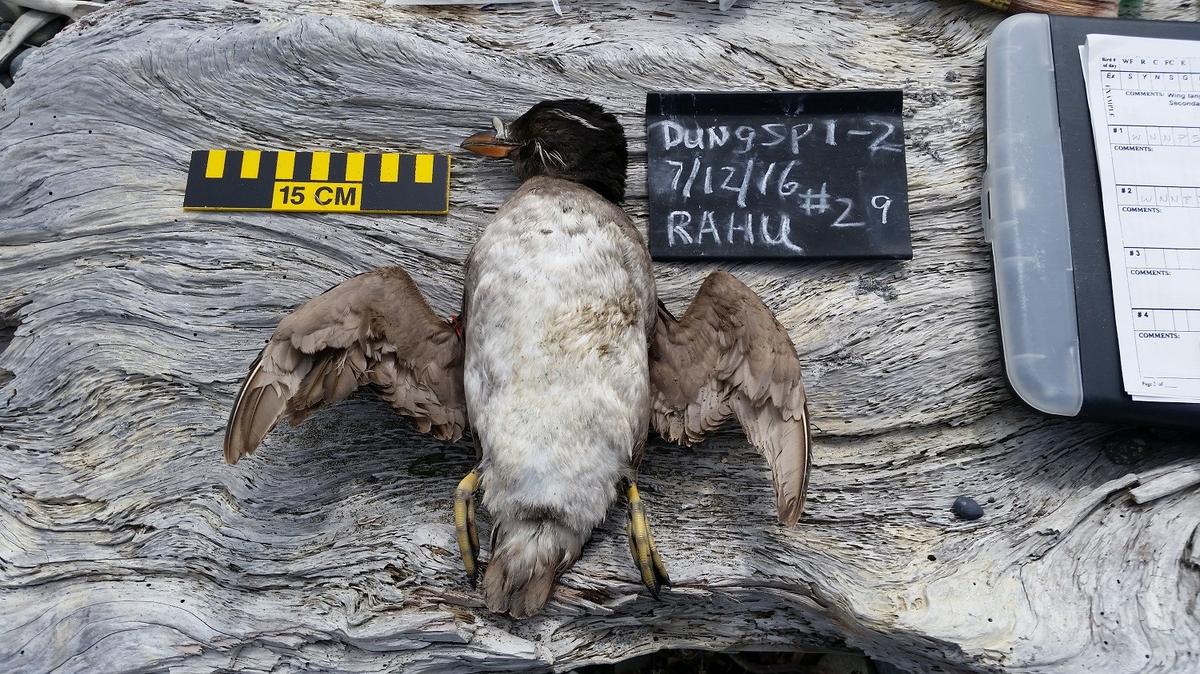

You need to be a member of Earth Changes and the Pole Shift to add comments!
Join Earth Changes and the Pole Shift